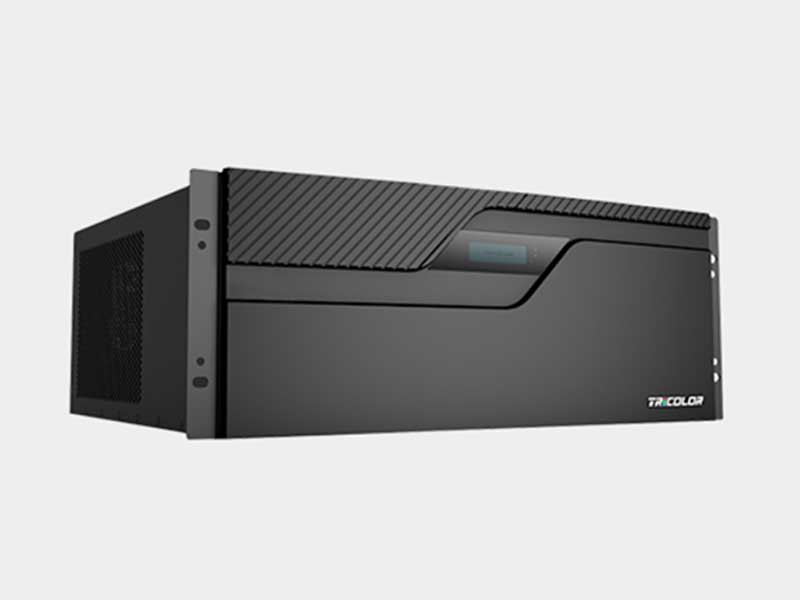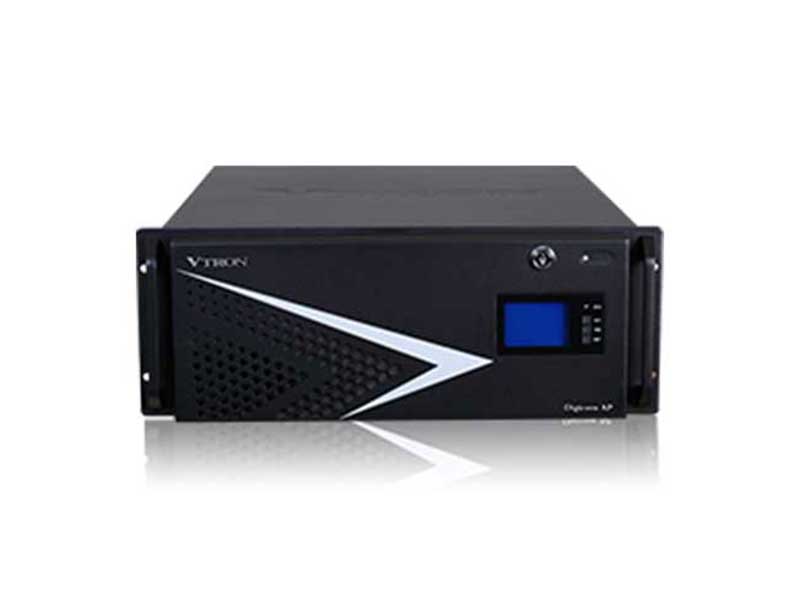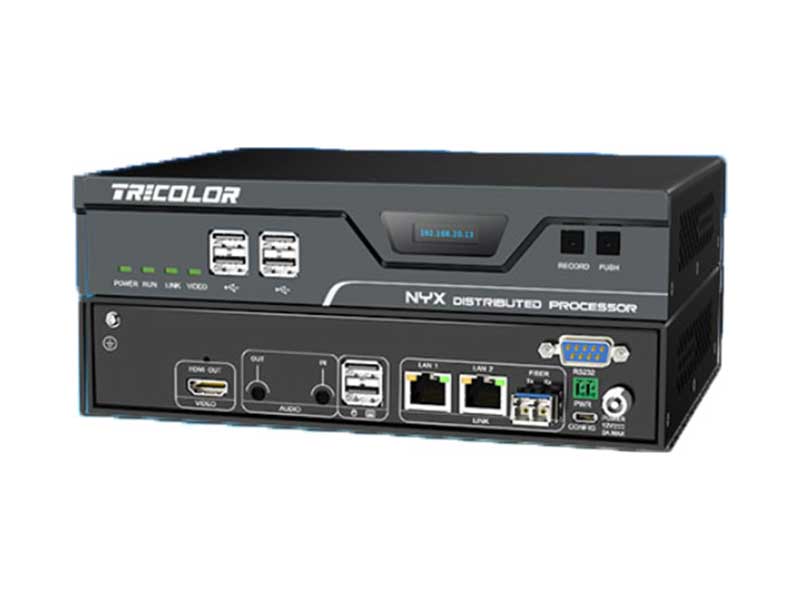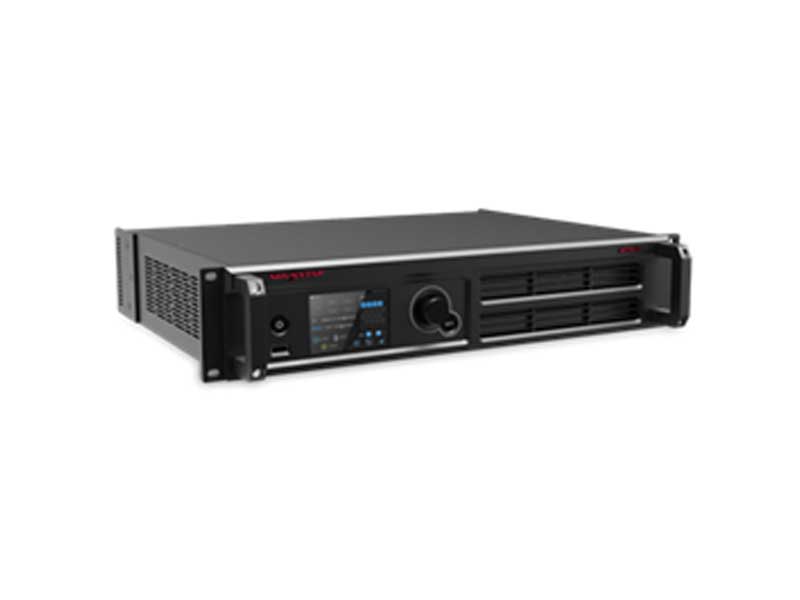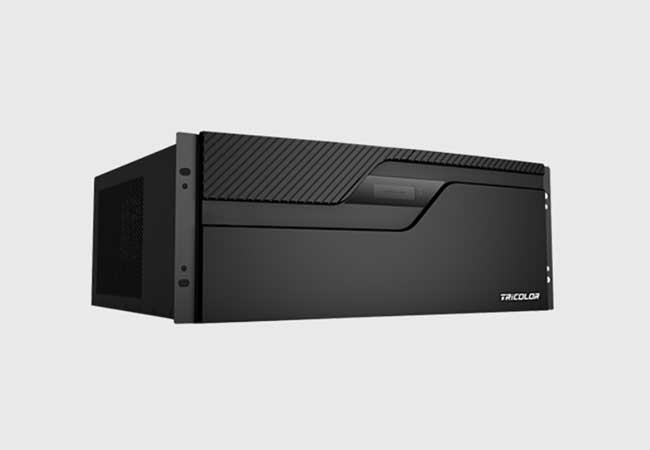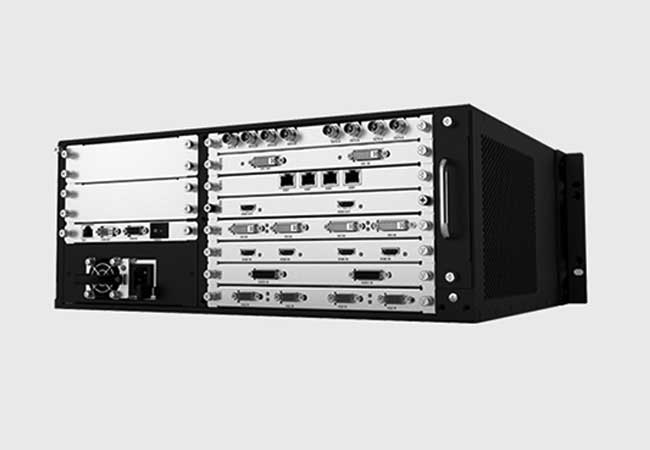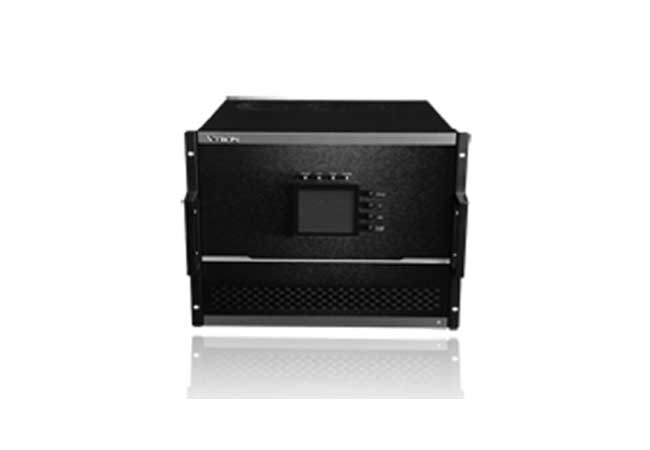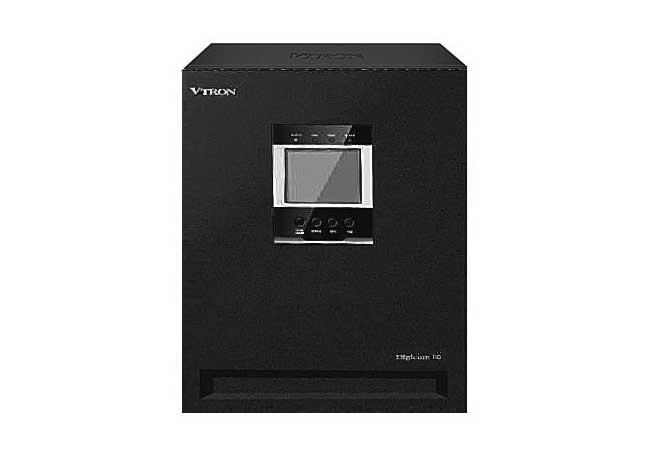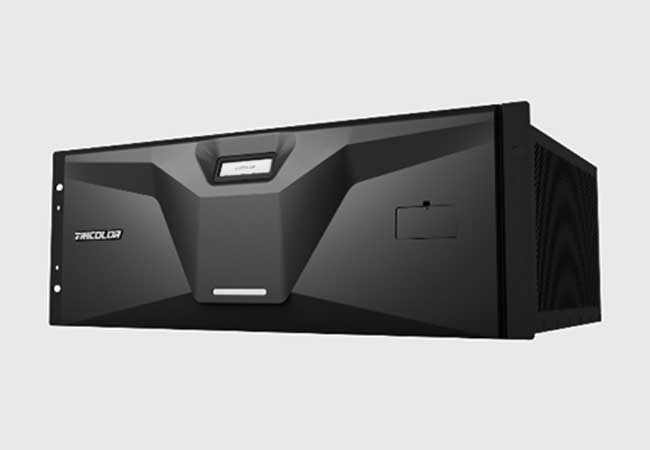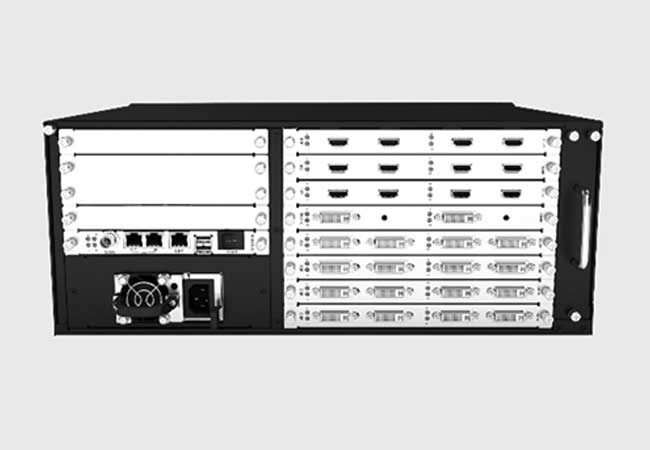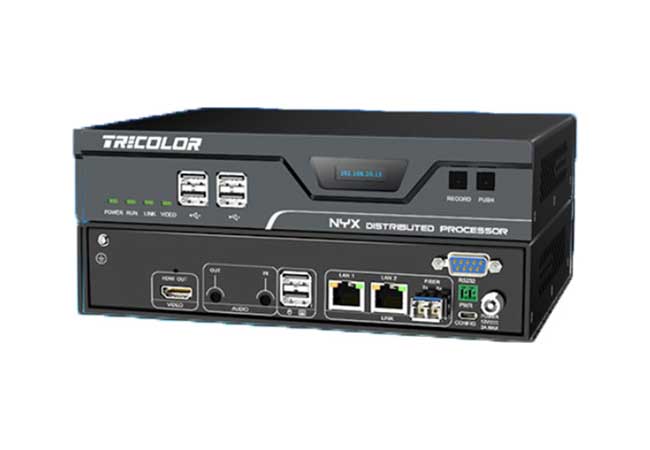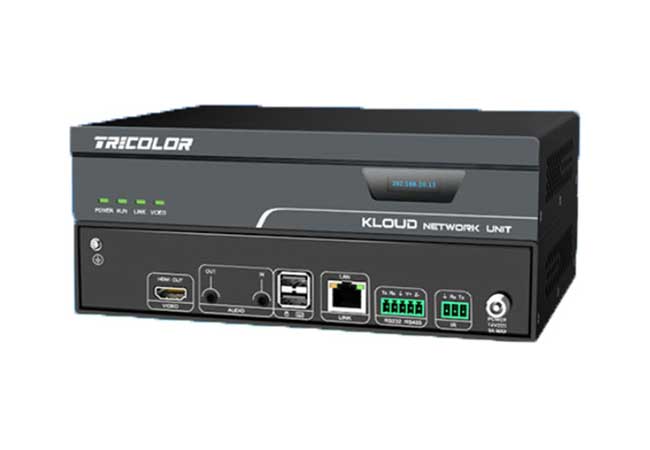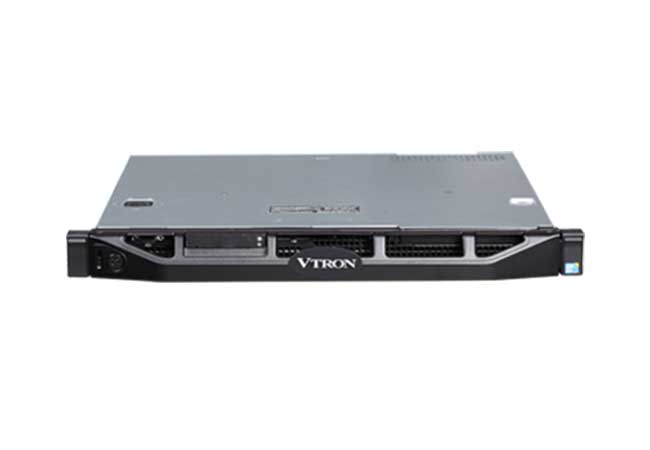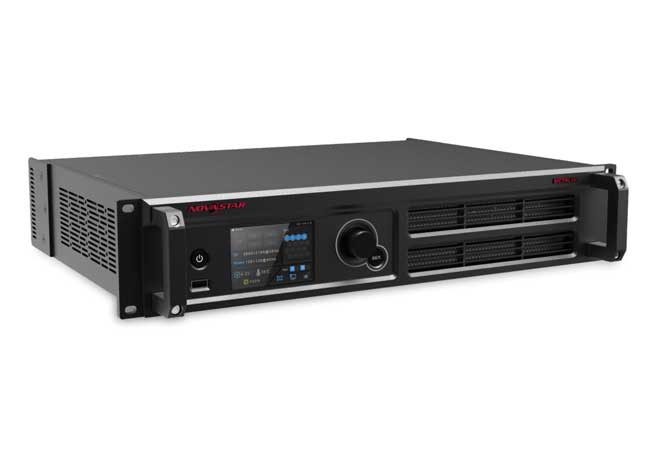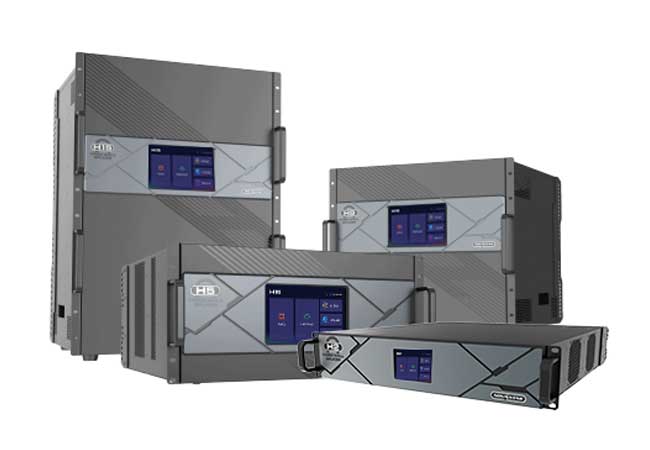Video Wall Controllers
Hardware Based Controller
A cutting-edge video image processing workstation designed for high performance. This workstation operates purely on a hardware architecture, eliminating the need for an operating system. It is capable of displaying multiple dynamic images on multiple screens and offers the functionality of multi-window splicing. It also supports signal preview and monitoring.
Powered by a large capacity, high-speed FPGA, the processing mechanism ensures real-time processing of all input signals while maintaining data consistency. The workstation boasts remarkable stability and quick start-up speed, enabling uninterrupted and stable operation for 365 x 24 hours.
It is capable of splicing display of up to 32 large screens. It can be easily configured to meet specific requirements. The workstation supports input and output of DVI and HDMI signal formats, offering compatibility with various commonly used resolutions. Additionally, it can accommodate custom unconventional resolutions and provides a single output resolution of 1920 x 1200 @ 60Hz.
Need 4K and Integrated Audio?
Inheriting the strength of the above, this multi-functions and more advance video wall controller enables the acquisition and transmission of ultra-high-definition video signals at 4K resolution and 60Hz refresh rate. The controller supports video image resolutions with up to 4:4:4 chroma sampling in the RGB gamut. Alongside, it provides support for signal preview and monitoring, synchronized switching of audio and visual content, scrolling captions, multi-user hierarchical control management and many other advance unique features. It is specifically designed to meet the application requirements of intelligent, full-featured control command centers and modern control centres.
Software Based Controller
Windows-based video wall controller is a solution that uses a Windows operating system to manage and control a video wall. It typically involves the use of a computer running Windows, along with specific hardware and software components, to handle the video wall setup and display management.
Hardware components here includes graphics cards such as capture cards, display cards, previews cards and others that are compatible with Windows and provide the necessary capabilities to control and distribute content across the video wall.
Software components allows users to configure the video wall, set up display layouts, manage content sources, and control the overall functionality of the video wall using familiar Windows tools and interfaces. It enables the distribution of multimedia content across multiple screens to create a larger combined visual experience.
Distributed (IP-Based) Controller
IP-based video wall controller consists of multiple small video processor nodes (input and output nodes), that utilize an IP network (LAN) to manage and control a video wall. The system employs specialized software and hardware components to take advantage of the network infrastructure for distributing content and controlling the displays.
Each node in the system processes the signals independently, ensuring high-performance signal processing. The processing units are distributed among the nodes to share the load and balance resources effectively.
By using an IP-based video wall controller, each display within the video wall is connected to the network, enabling flexible content distribution and control. The video wall controller software communicates with the individual displays over the network, allowing for centralized management and configuration.
LED Video Wall Controller
An LED video wall controller includes a dedicated video signal sender and receiver system that works together to transmit video signals from the source to the LED display modules using specific transmission methods like Ethernet or fiber optic cables. . The sender encodes and transmits the signals, while the receiver decodes and drives the LED modules to display the content.
Acting as the system’s central processing unit, the LED video controller encompasses various features including video input ports, image processing capabilities, and content management functions. It receives video signals from the video source, processes them, and subsequently transmits them to the sender for further transmission.
Video splicing in an LED video controller involves combining multiple video sources into a single display on an LED video wall. The controller divides the wall into smaller sections or tiles, assigning each section to show specific content. This process allows for dynamic and versatile content presentation, maximizing the use of the screen and providing a visually engaging viewing experience. Users can customize the layout and content sources using user-friendly software or interfaces provided by the controller.

